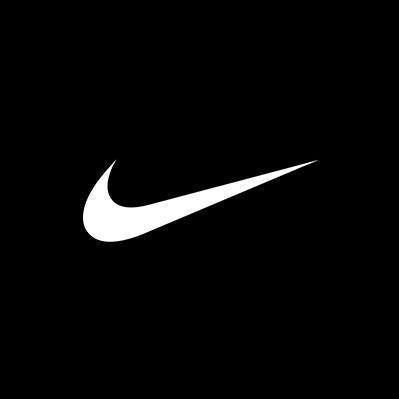
Nike AI Engineer Case Interview: SNKRS Launch Integrity and Member Personalization
This Nike-specific case mirrors real candidate experiences for engineering roles, emphasizing practical, consumer-obsessed problem solving and team-oriented communication. You will design an end-to-end AI solution that detects and mitigates bot activity during high-heat SNKRS launches while preserving a premium experience for Nike Members, and outline how the same platform can power personalization in Nike apps. Expect to: (1) Frame the problem with Nike’s mission in mind (serving every athlete) and quantify business goals (fairness of drops, member trust, revenue protection). (2) Propose data sources across digital commerce and membership (clickstream, device/browser signals, account graph, payment and fulfillment metadata, historical launch telemetry), with an explicit plan for data quality, drift monitoring, and feature governance. (3) Design models suited to extreme class imbalance (ensemble gradient boosting + deep representation learning; graph-based botnet detection; anomaly detection for velocity/behavior patterns) and discuss a real-time decisioning policy that balances precision with member experience (e.g., soft challenges, queue re-entry, human-in-the-loop review). (4) Sketch a production architecture Nike would plausibly use at global scale: streaming ingestion (e.g., Kafka/Kinesis), feature store, model registry/CI-CD, canary/shadow deployments before major drops, regional failover for North America, EMEA, Greater China, and APLA, and latency budgets under peak traffic. (5) Define success metrics and guardrails: precision/recall under 1–3% bot prevalence, false-positive ceiling for loyal members, GMV impact, queue abandonment, fairness across geographies, and privacy budgets. (6) Address regional compliance and brand trust: GDPR for EMEA, PIPL considerations for Greater China, and CCPA/CPRA in the U.S.; articulate data minimization, consent, and explainability practices in member communications. (7) Plan for experimentation during launches: pre/post analyses, A/B with holdouts, sequential tests to avoid launch-day risk, and incident playbooks. Throughout, interviewers probe collaboration style ("win as a team"), clarity under ambiguity, and your ability to simplify and move with speed without compromising quality. A typical flow: 5 min problem framing; 10 min data/assumptions; 20 min modeling and decision policy; 15 min production architecture and MLOps; 10 min metrics, experimentation, and risk; 5–10 min culture reflection and Q&A.
8 minutes
Practice with our AI-powered interview system to improve your skills.
About This Interview
Interview Type
PRODUCT SENSE
Difficulty Level
4/5
Interview Tips
• Research the company thoroughly
• Practice common questions
• Prepare your STAR method responses
• Dress appropriately for the role